Minicase 3: Analyzing Interest Rates and Market Equilibrium Solution
VerifiedAdded on 2023/06/07
|5
|665
|148
Case Study
AI Summary
This case study solution provides a comprehensive analysis of interest rate behavior and the models used to predict future rates. It addresses key concepts such as the Fisher effect, loanable funds framework, and liquidity preference framework. The solution includes computations for expected bond returns under different market prices and discusses factors that shift the demand and supply curves for bonds, including changes in wealth, inflation rates, expected interest rates, risk, and liquidity. It also explains the relationship between real interest rates and expected inflation, and how interest rates are determined by the equilibrium between the demand and supply of loanable funds, as well as the preference of investors towards liquidity. The document also includes a discussion of how changes in income levels and inflation impact interest rates.
1 out of 5
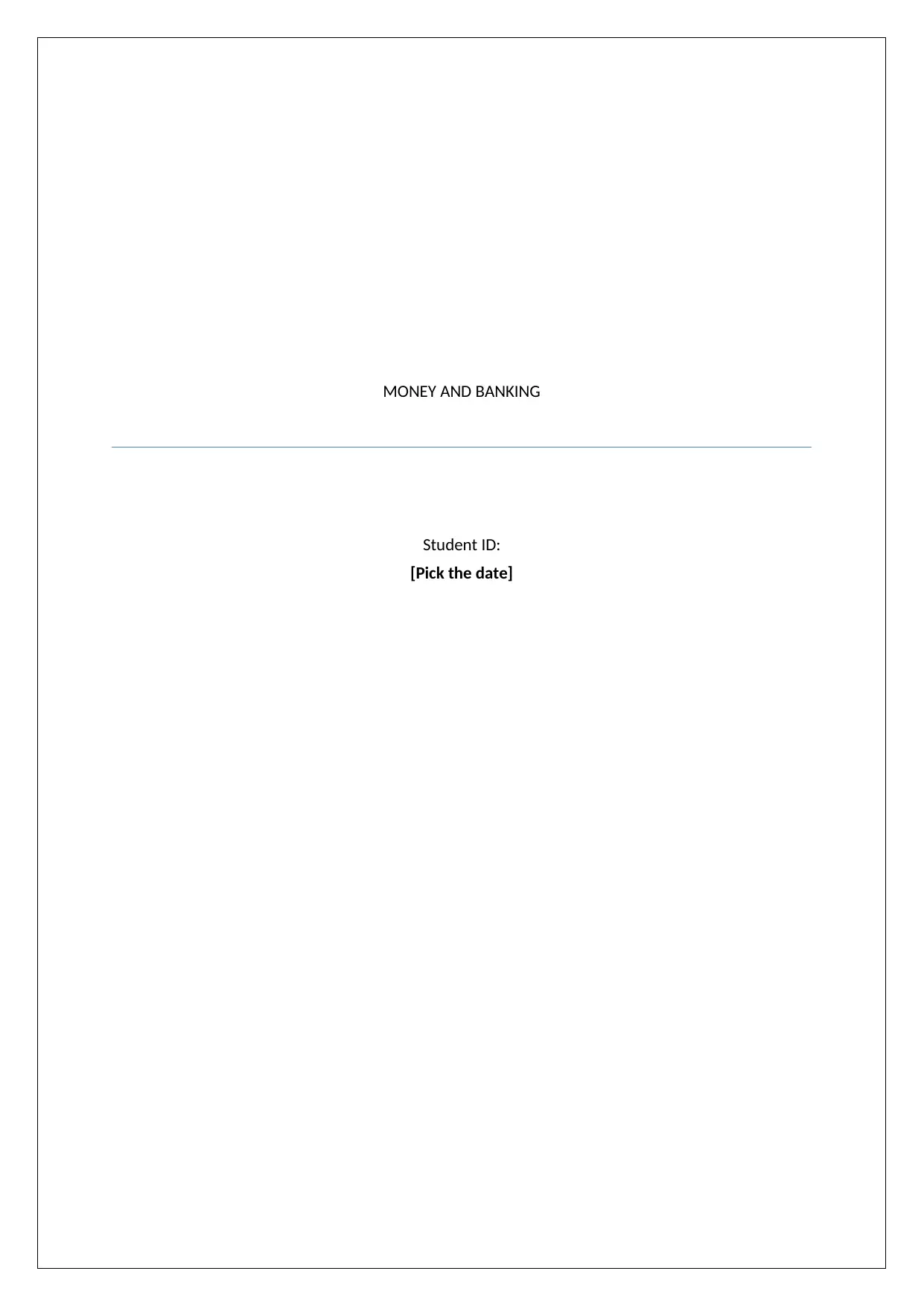
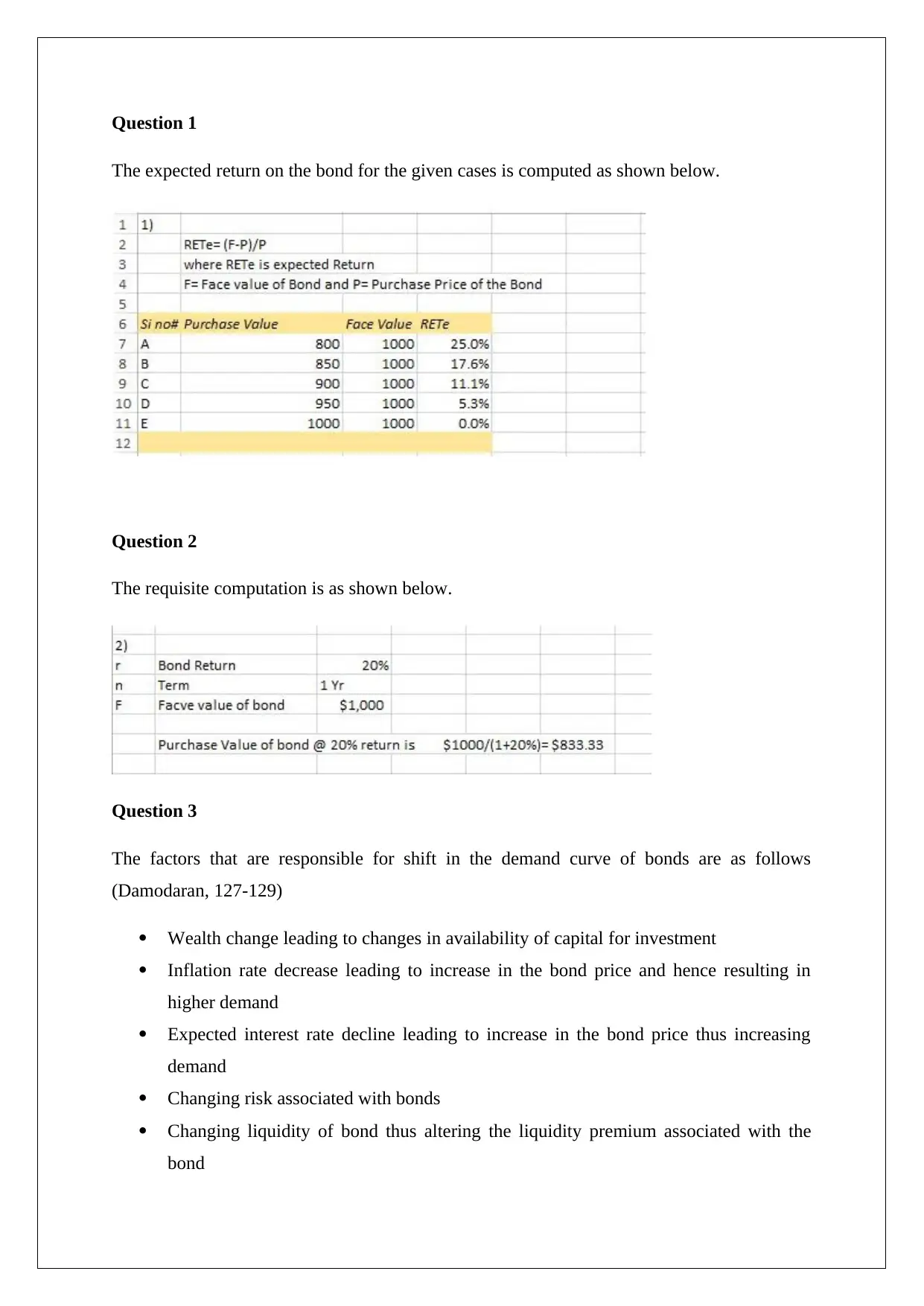
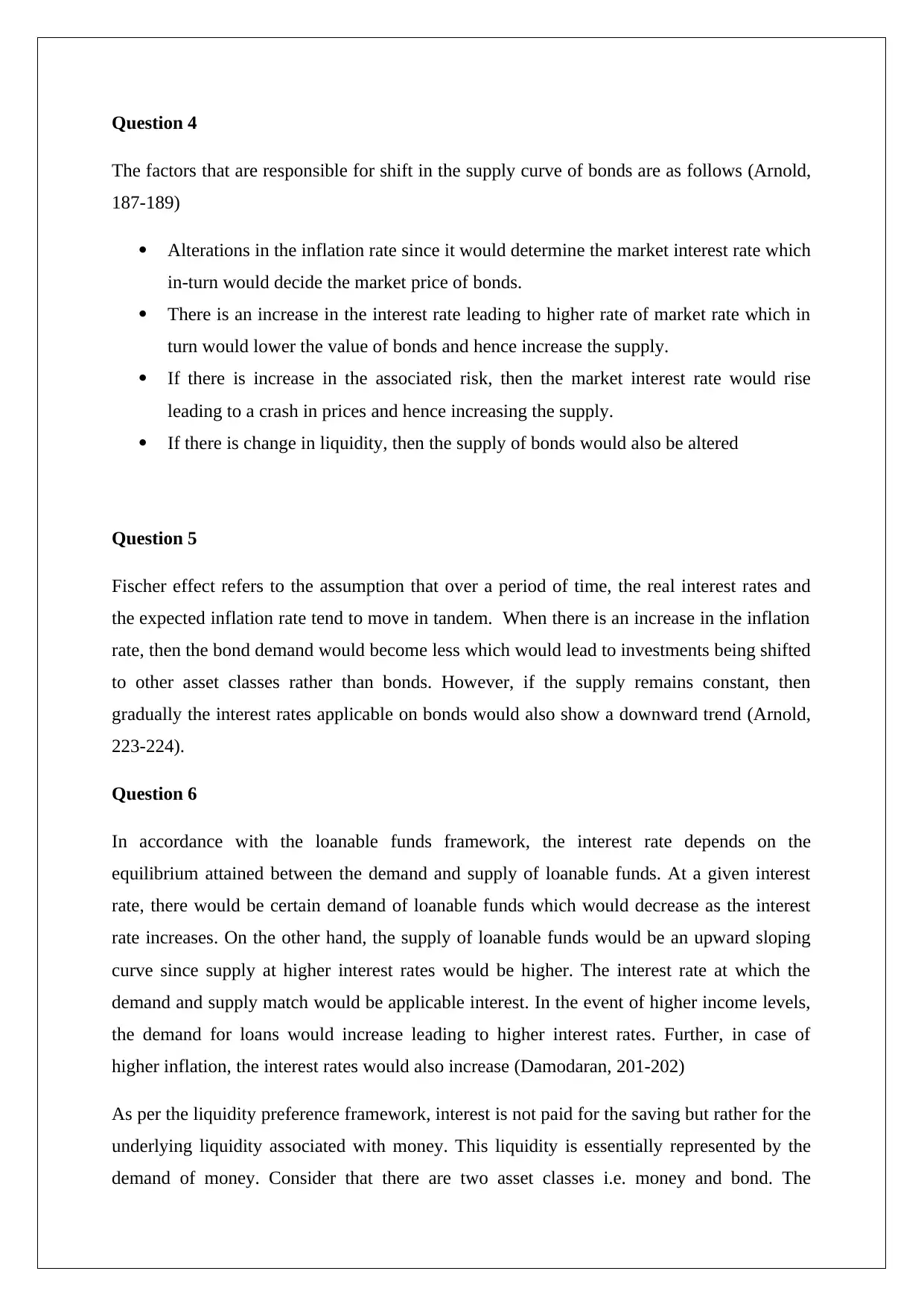

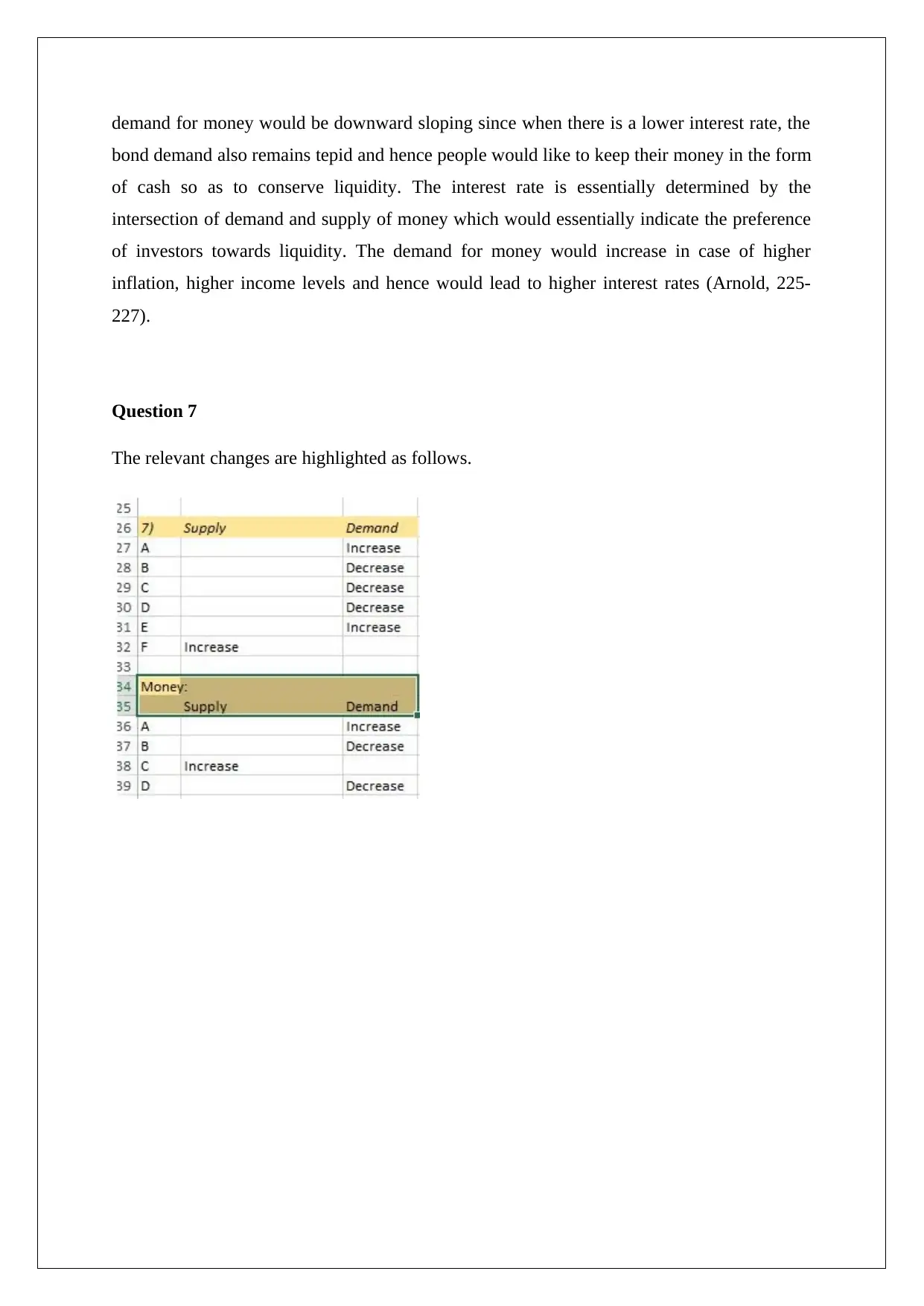
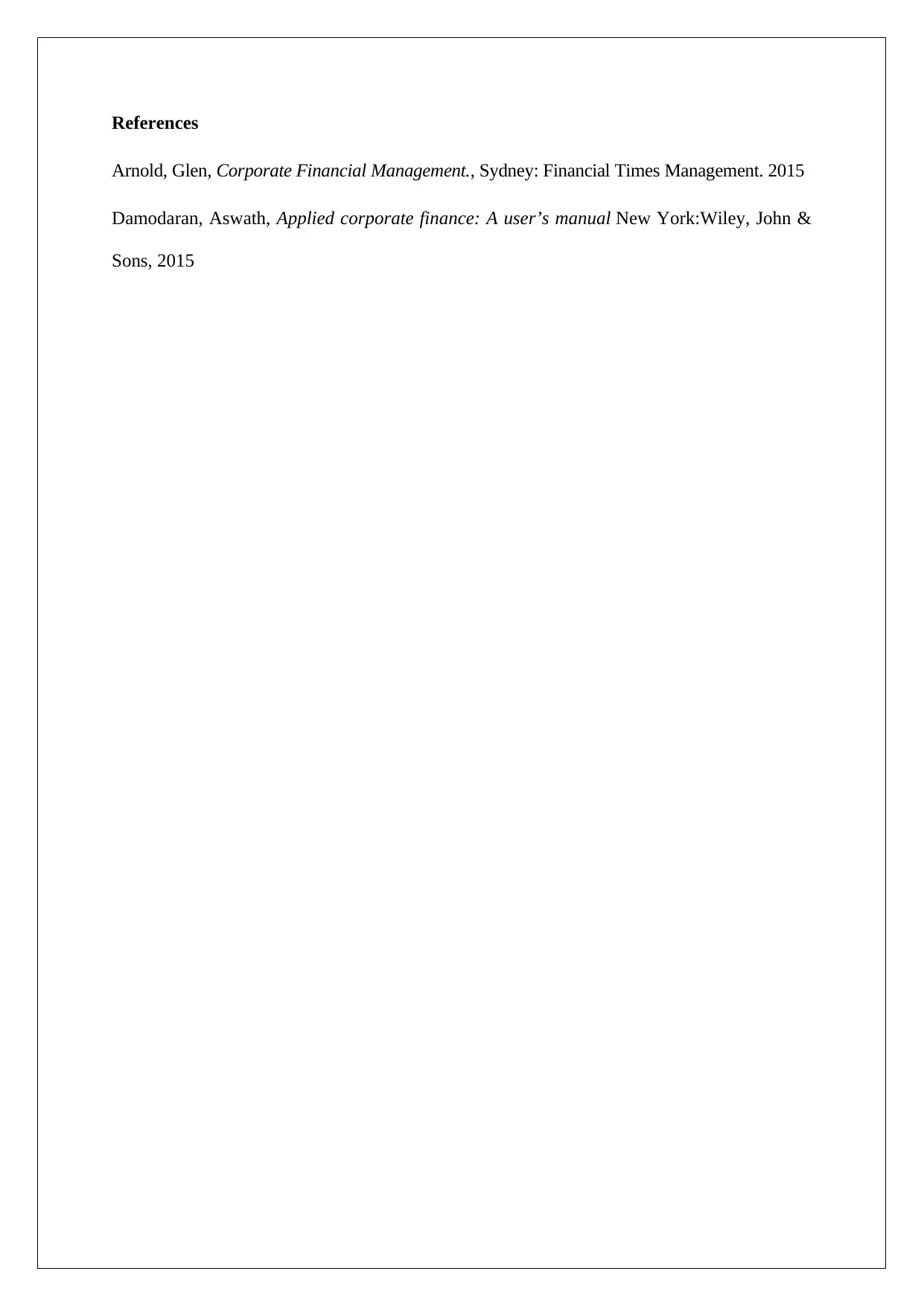






![[object Object]](/_next/static/media/star-bottom.7253800d.svg)